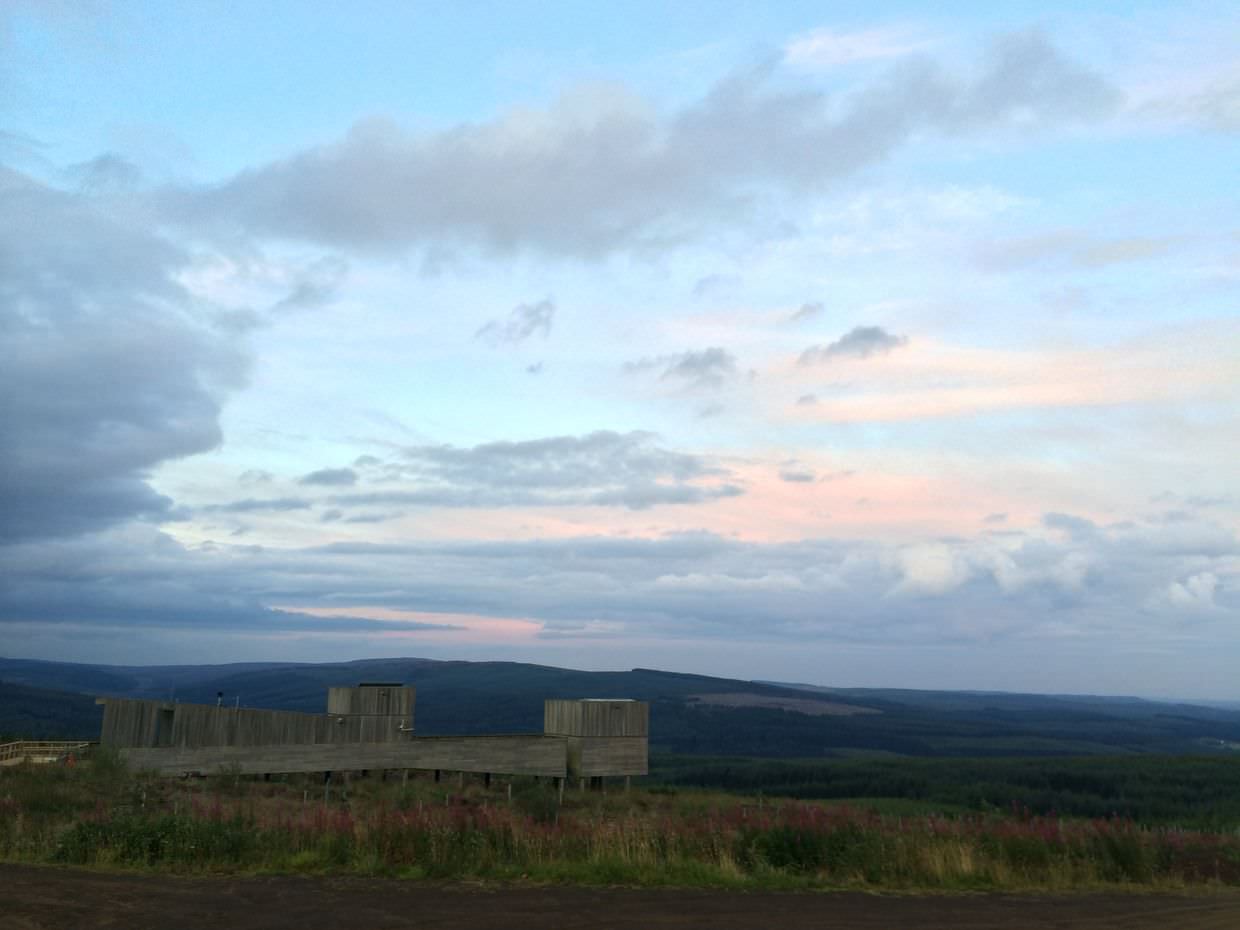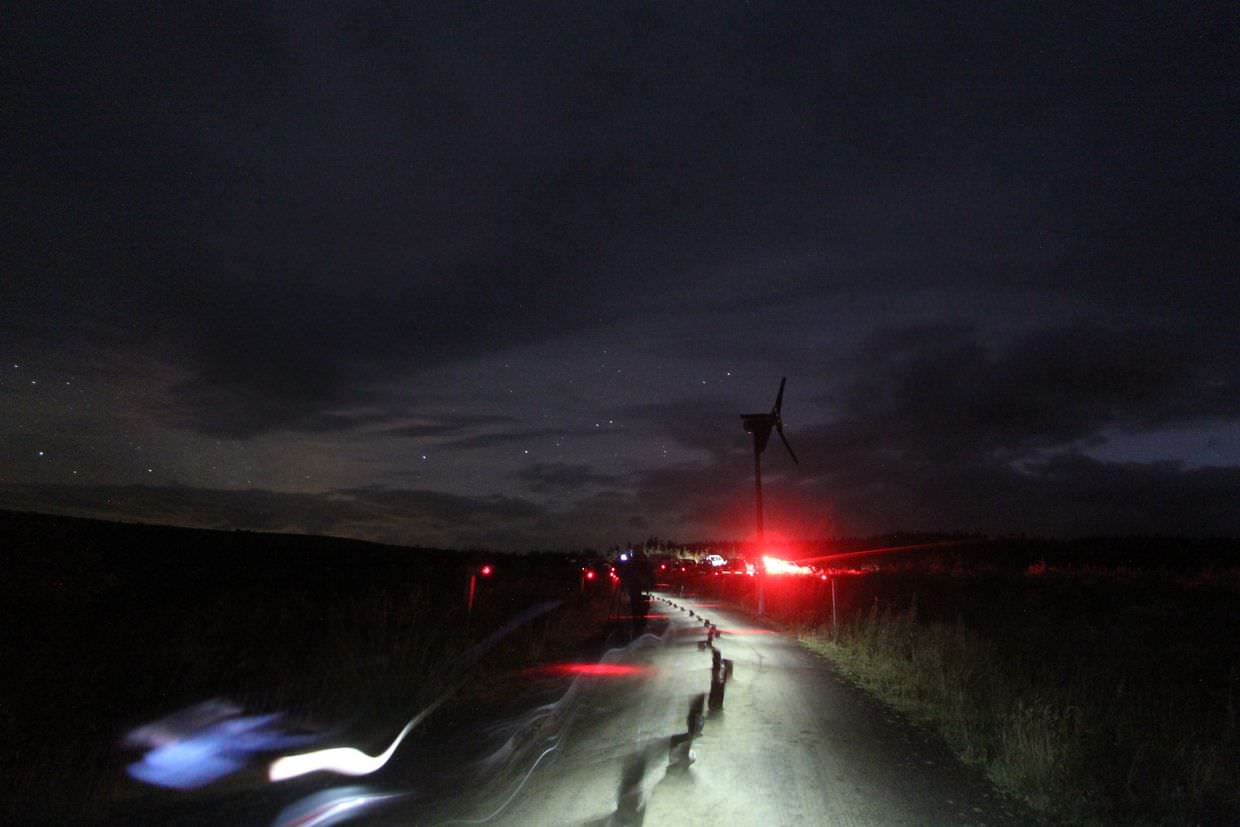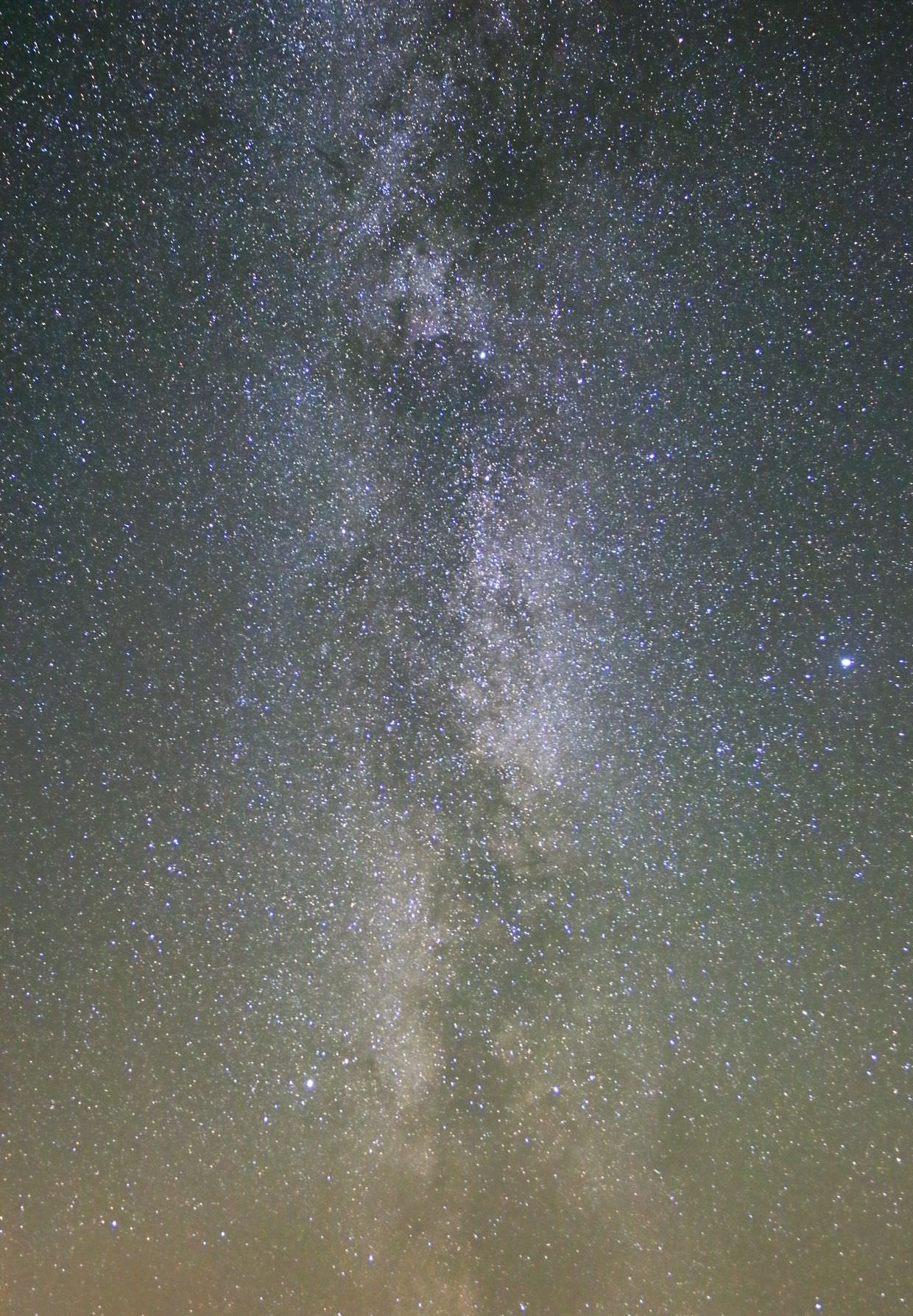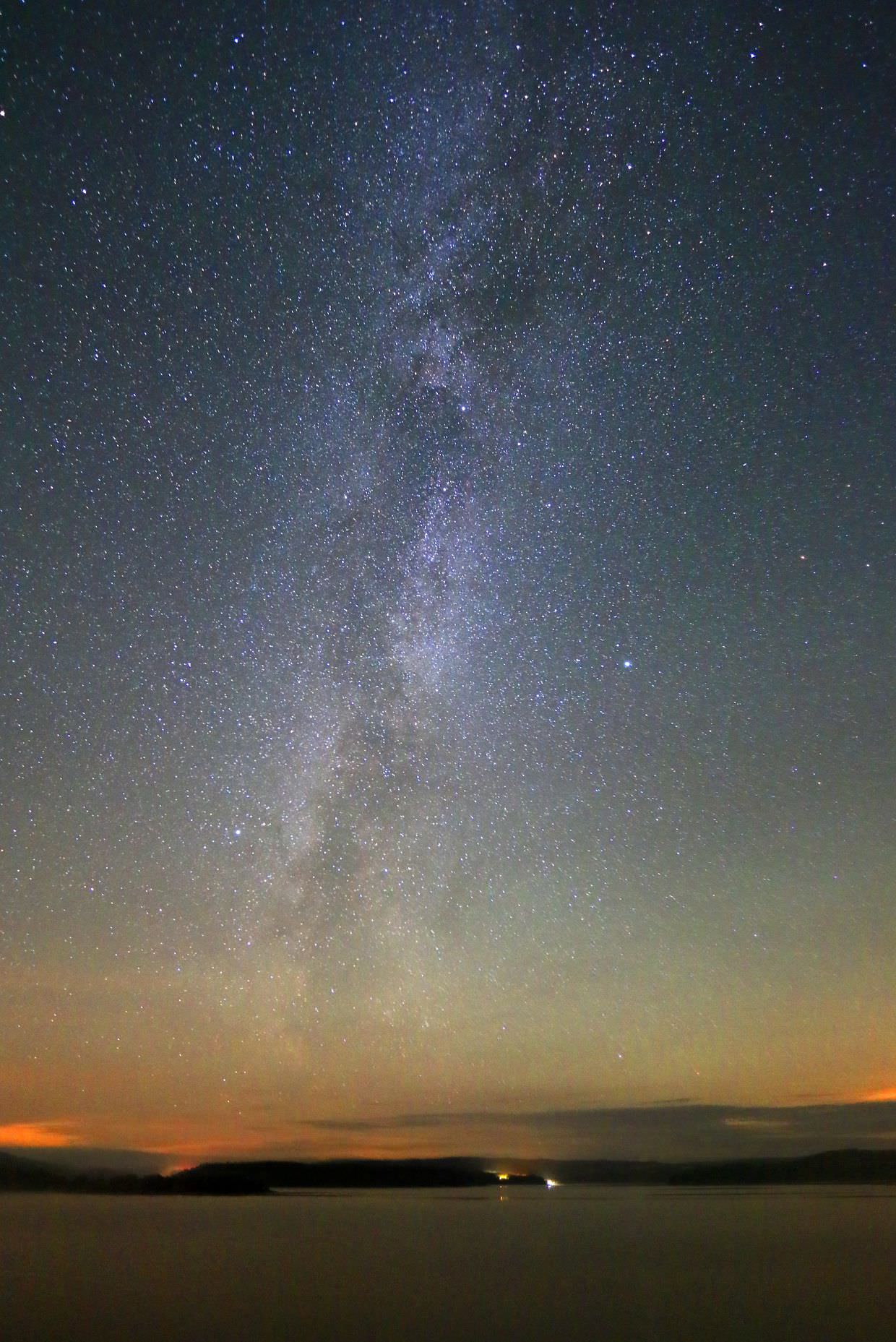Astrophotography in Kielder
The second trip
Samantha (now back from Vietnam) and I, now in September, planned a two week holiday in Scotland and the Lake District. Coinciding with this was a new moon and Kielder Observatory’s specialist astrophotography evening, which happens just once a month. So, for a second time this year I drove from Brighton up to Northumberland. Well, it was on the way, right?
This time we stopped in Lincoln overnight to see some University friends – they cooked us fabulous homemade pizza, we met their adorable newborn son, and they took us out for a fantastic Carluccio’s brekkie.
One night in Kielder
We were only staying one night in Kielder, and Eal’s Lodge was unavailable. The closest B&B to the obsy is “27 B&B”, a converted terraced house in the village of Kielder, and – at the time of our staying, was for sale. We checked-in and had time for a quick sleep before the night’s events. The situation was sadly quite familiar – it was raining when we arrived.
Learning how to shoot the stars
But when we awoke, an hour later, there was blue sky. What is this miracle? We headed up the winding road once again and arrived for our astrophotography evening. The obsy had a few noticeable changes since I was last here; a new viewing deck and some low power red lighting to guide you from the car park. The audience this time was rather different too; gone were the families and young children, instead replaced with couples holding cameras and tripods.


This time around, Sam Cornwell (astrophotographer of the year 2013) presented guides on how to photograph the night sky. Matt Robinson was also there – a Kielder Observatory volunteer, his photo was runner-up in the astronomy photographer of the year 2015. Sam had convinced him to enter a beautiful image of rare noctilucent clouds, taken on Sunderland beach.
Despite spending a month trying out astrophotography around Beachy Head and Seven Sisters (inspired by my previous trip), and having knowledge of the settings to use and the maximum exposure time (400 to 600 rule for preventing star trails), I learnt more technical things. Using hand-warmers or other forms of heating to prevent dew from forming on the lens is a must, using mirror lock-up mode prevents slight movements at shutter time which makes your images that little bit sharper.
Not only did Sam talk about the settings and gear to use, but also how to get a night sky photo with some context. His award winning photo of Venus’s transit of the sun amidst thick clouds was the opener. His talk on composition was an inspiring primer for our upcoming photography holiday around the beautiful hills of Scotland and the Lakes. And the example images, mostly by Sam, were unique and brilliant.
Between the talks we went outside to photograph the stars ourselves, with help from the staff as we needed it. The plough/big dipper/ursa major/saucepan was sitting pretty above one of the telescopes. Meanwhile, those not interested in photography were looking through the scopes at the brightest stars; Hayden highlighted their different colours. It did of course cloud over, and then we stayed inside for more of Sam’s excellent presentations.
Clear skies
With what I can only describe as terribly unfortunate timing, the astro event ended and we all left the obsy, under cloud cover. Not 10 minutes later, when we had driven down the winding road back towards Kielder village, we stopped and found clear skies. In every direction there were stars. The milky way passed high above us; beautiful as ever I’ve seen it.

It was midnight, but we weren’t going to bed just yet. We drove South, looking for something to photograph the stars against – to try out all our new knowledge. We tried some pine forests, then up at Elf Kirk we shot across the lake, before finally stopping at the reservoir edge and shooting some milky way reflections near the dam. Eventually the wind picked up and the reflections were gone, but behind us the constellation of Orion was climbing – “hello, it’s been a while”, and it was set nicely above some village lights shrouded in fog.

We didn’t have any hand warmers to prevent the dew, but we stayed near the car and occasionally returned to it to warm things. In car heating is practically a hair dryer.
It wasn’t until 3am that we stopped taking pictures; Samantha was exhausted and while I was still playing with camera settings and the tripod, she wrapped herself up in about 5 blankets and buried herself in the car (it really wasn’t that cold).
Time to go
The next morning was a different scene; thick clouds and heavy rain. You’d never have thought the sky had been clear a few hours earlier. We devoured the first fried breakfast of our holiday and set out North, in the dreary weather, to explore Scotland.